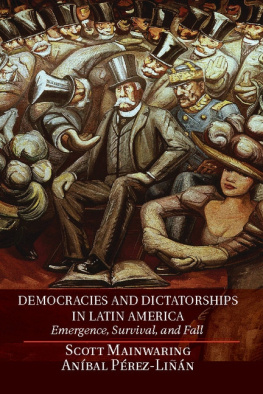About This
Issue Guide
The immigration issue affects virtually every American, directly or indirectly, often in deeply personal ways. This guide is designed to help people deliberate together about how we should approach the issue. The three options presented here reflect different ways of understanding what is at stake and force us to think about what matters most to us when we face difficult problems that involve all of us and that do not have perfect solutions.
The issue raises a number of difficult questions, and there are no easy answers:
Should we strictly enforce the law and deport people who are here without permission, or would deporting millions of people outweigh their crime?
Should we welcome more newcomers to build a more vibrant and diverse society, or does this pose too great a threat to national unity?
Should we accept more of the growing numbers of refugees from war-torn regions, or should we avoid the risk of allowing in people whose backgrounds may not have been fully checked?
Should our priority be to help immigrants assimilate into our distinctively American way of life, including learning English, or should we instead celebrate a growing mosaic of different peoples?
The concerns that underlie this issue are not confined to party affiliation, nor are they captured by labels like conservative or liberal.
The research involved in developing the guide included interviews and conversations with Americans from all walks of life, as well as surveys of nonpartisan public-opinion research, subject-matter scans, and reviews of initial drafts by people with direct experience with the subject.
Who Should
We Welcome,
What Should
We Do?
FOR CENTURIES, people from other countries have come to the United States in search of a better life. The steady influx of newcomers helped build America, creating a mix of cultures, religions, and ethnicities not found anywhere else in the world. Today, people born in another country make up around 13 percent of the US population.
As we begin to think about what kinds of changes we may want to make in our immigration policies, its helpful to consider where we are now:
How many immigrants are coming into the United States?
Currently, the United States legally accepts around one million immigrants a year.
How do we choose who is admitted now?
Roughly two-thirds are admitted because they have family members already here. Of the remaining third, about half are admitted based on their job skills and half are refugees from political or religious persecution. There is a backlog of about 4 million people waiting to have their immigration applications evaluated and processed.
Has the rate of immigration increased?
In 1970, slightly less than 5 percent of the population was foreign-born. Today, the percentage has more than doubled to 13 percent.
How many undocumented immigrants live in the United States?
An estimated 11 million people now living in the United States entered without permission, typically crossing the border illegally or staying here after their visas have expired. Many have lived in the United States for decades, and have spouses and children who are US citizens.
Who are the DREAMers?
About 690,000 young people, sometimes known as the DREAMers, were brought to the United States as children, many as infants or toddlers. A government program called Deferred Action for Childhood Arrivals (DACA) granted them temporary legal status, but that program is now being re-evaluated.
Source: Pew Research Center, based on US Census Bureau, Historical Census Statistics on the Foreign-Born Population of the United States: 1858-2000 and Pew Research Center tabulations of 2010 and 2015 American Community Survey (IPUMS).
*Numbers drawn from different sources account for slight variance in total from chart on .
But beneath these simple numbers is a maze of complicated quotas, shifting criteria, and unknowable timelines. Someone from a country with relatively few immigrants might wait 7 years for a green card, while a person from the Philippines or Mexico, which have millions of applicants, could wait 20 years.
Different groups of people may be particularly affected by changes in our approach to immigration:
US citizens, including people born in the United States and those who have become citizens through naturalization;
Newcomers who came to the country legally through our current system;
Refugees escaping war or oppression;
People now living in the United States who entered the country without documentation, many who arrived decades ago;
People brought here as infants or children by parents who came into the country without permission.
Source: Pew Research Center estimates for 2015 based on augmented American Community Survey (IPUMS)
Note: Data does not include special immigrant visas and certain humanitarian entrants.
Source: Pew Research Center, based on US State Departments Refugee Processing Center.
But the immigration issue affects all Americans in one way or another. American companies are experiencing a shortage of high-skilled professionals. Those out of work face increased competition for low-wage jobs. The news frequently reminds us of the threat of terrorism. And, while some communities are thriving with large immigrant populations, others question whether their communities will be able to assimilate the increasing number of newcomers. These and other challenges raise pressing questions about the nations immigration policies:
Should we reduce the number of immigrants legally admitted into the United States each year? If so, how do we decide who should be accepted?
How should we handle undocumented immigrants in a way that is humane, but also fair to the millions who are waiting to enter legally?


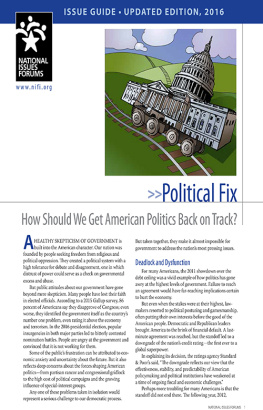



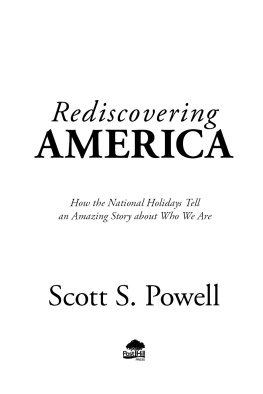
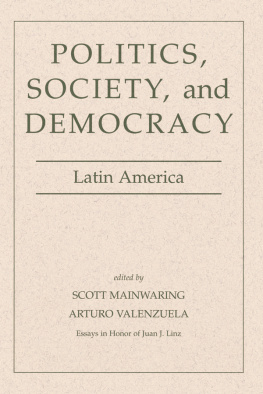
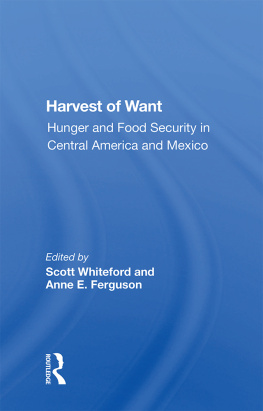


![Scott Hahn [Inconnu(e)] - Joy to the World: How Christ’s Coming Changed Everything (and Still Does)](/uploads/posts/book/134753/thumbs/scott-hahn-inconnu-e-joy-to-the-world-how.jpg)

